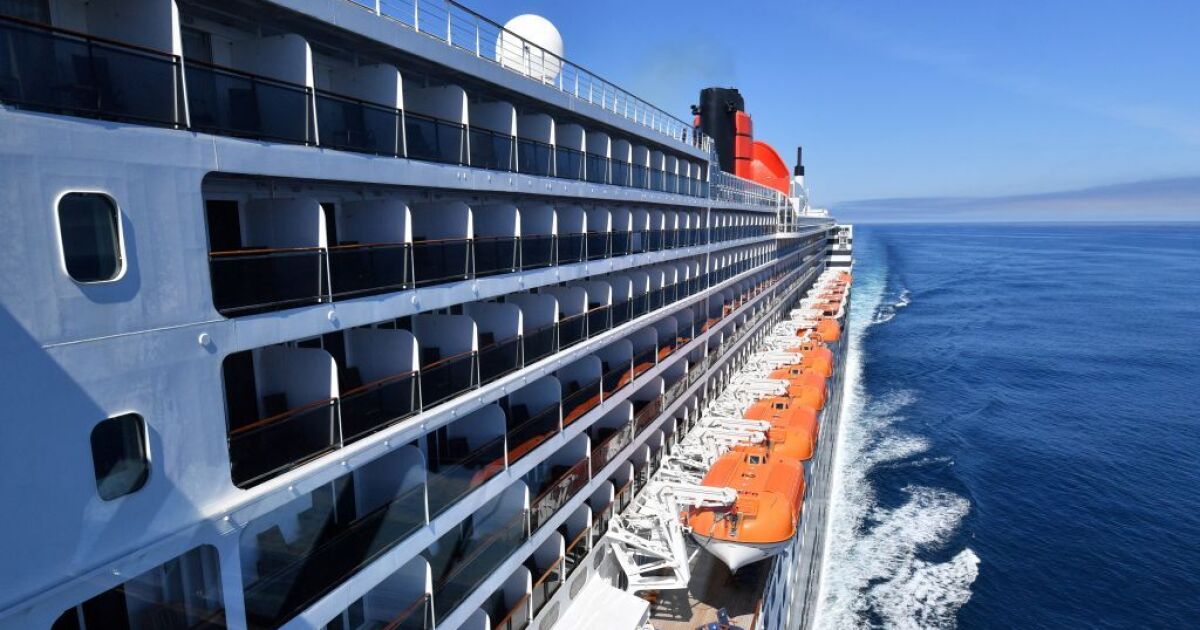Surge in Gastrointestinal Illnesses on Cruise Ships

Cruise ships have long been a popular vacation choice for many, offering luxurious amenities and breathtaking views. However, recent reports indicate a troubling trend: nearly 900 passengers and crew members aboard cruise ships fell ill from gastrointestinal diseases in December alone. This alarming rise in outbreaks has raised concerns among health officials and travelers alike. According to data from the Centers for Disease Control and Prevention (CDC), the frequency and severity of these outbreaks have escalated, marking the highest number of cruise ship incidents in over a decade.
Rising Outbreaks of Gastrointestinal Illnesses
In the current year, there have been 16 reported outbreaks on cruise ships linked to pathogens such as norovirus, salmonella, and E. coli. This figure represents the largest number of outbreaks recorded in the past 12 years. Notably, five of these outbreaks occurred just this month. The British ocean liner Queen Mary 2 recently reported that nearly 13% of its passengers and over 5% of its crew were infected. Such incidents highlight the urgent need for enhanced health measures on cruise ships.
The CDC has noted a nationwide surge in norovirus cases, a highly contagious virus often spread through contaminated food, water, or surfaces. The virus can also be transmitted through direct human contact. During the week of December 5, the CDC reported 91 suspected or confirmed norovirus outbreaks, a significant increase compared to previous years. This spike in cases has raised alarms, as norovirus is known for causing severe gastrointestinal symptoms, including diarrhea and vomiting. The CDC has stated that this year’s outbreak numbers have surpassed those seen in the years leading up to the pandemic.
2024 was worst year for stomach virus outbreaks on cruise ships in decade: CDC
Health Risks and Preventive Measures
Norovirus poses a significant health risk, particularly to young children and older adults, who are more susceptible to severe dehydration. Each year, the illness leads to approximately 465,000 emergency department visits, primarily among young children. The virus spreads easily through direct contact, such as sharing food or utensils, making it crucial for individuals to practice good hygiene.
To combat the spread of norovirus, the CDC recommends rigorous handwashing, especially for those who handle food or are in close contact with vulnerable populations. The virus is resilient, capable of surviving on surfaces for days or even weeks. In response to recent outbreaks, cruise lines like Cunard and Holland America have ramped up their cleaning and sanitation protocols. Cunard has implemented additional deep cleaning of public areas and staterooms, along with close monitoring by medical teams to ensure the health and comfort of all guests and crew members.
Holland America Line, which experienced norovirus outbreaks on two of its ships this month, has reported successful sanitation efforts, with no further outbreaks occurring since the initial incidents. These proactive measures are essential in restoring passenger confidence and ensuring a safe cruising experience.
The recent surge in gastrointestinal illnesses aboard cruise ships underscores the importance of vigilance in health and sanitation practices. As the cruise industry continues to navigate these challenges, both passengers and crew must remain informed and proactive in preventing the spread of illness.
